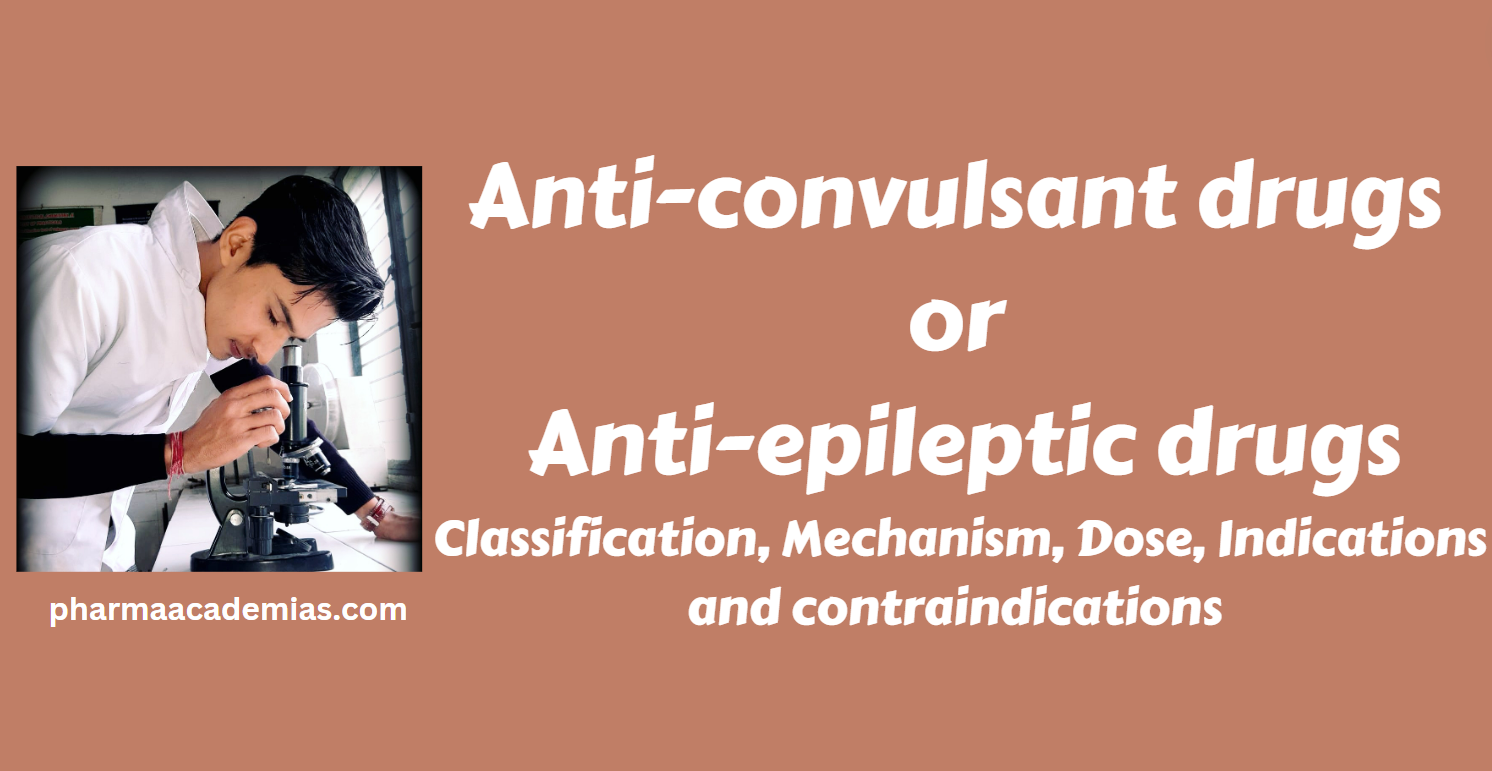Anti-convulsant drugs/ anti-epileptic drugs
Anti-convulsant drugs, also known as anti-epileptic drugs (AEDs), are a class of medications designed to prevent or reduce the occurrence of seizures, a hallmark symptom of epilepsy. These drugs act on the central nervous system to stabilise the abnormal electrical activity in the brain that leads to seizures. Anti-convulsant drugs are crucial for managing epilepsy … Read more










